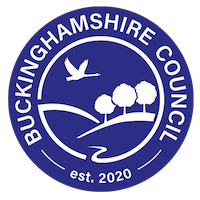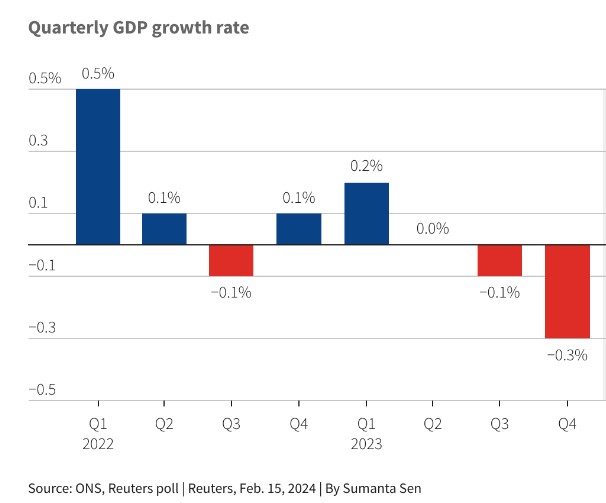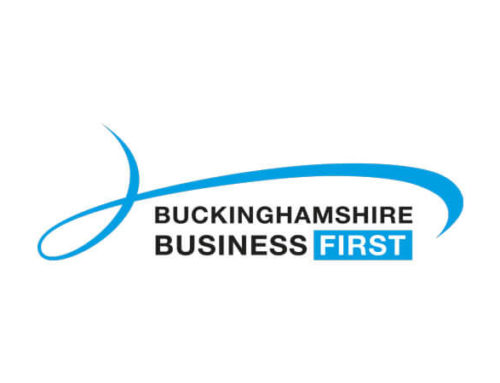On 15th February the Office for National Statistics confirmed that at the end of 2023 the UK economy entered a recession. Meaning that the economy experienced two consecutive quarters of declining economic output.
This announcement attracted little fanfare, largely because the recession is predicted to be short and shallow, unlike 'normal' recessions that tend to begin with a large drop in output, followed by a surge in unemployment.
This latest recession has been driven by a drop in consumer spending, resulting from higher prices and increased mortgage bills. Early evidence of this was picked up in Buckinghamshire LEP and Buckinghamshire Business First's Business Barometer Survey conducted towards the end of 2023, in which respondents stated that a drop in consumer and client spending was their main barrier to growth.
The good news is that the recession is likely to be short-lived as there are signs spending is rising again. Further good news is that a significant rise in unemployment is not expected, as the labour market remains tight.
However, before we celebrate too quickly, we need to remember the bigger picture which is that the UK economy has been stagnant for a long period. Furthermore, it is economic output per head that underpins living standards. As the UK's population has grown considerably over the last few years, driven by a surge in immigration, economic growth experienced over this period has largely been simply because we have more people. Economic output per person has actually fallen for seven consecutive quarters. Which unfortunately is bad news for our living standards.
For further insight, check out the Resolution Foundation's blog here - https://www.resolutionfoundation.org/comment/recession-watch/




